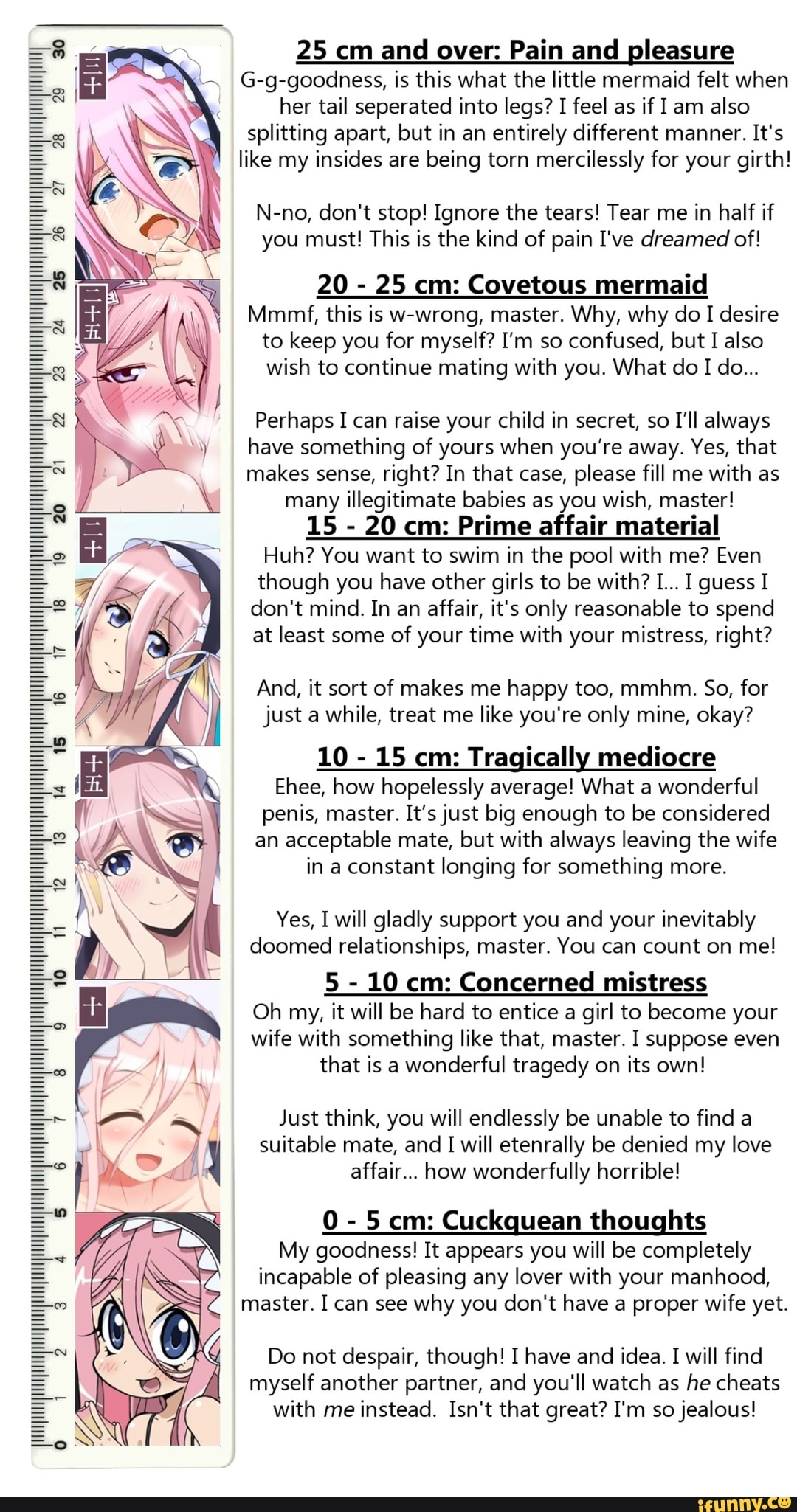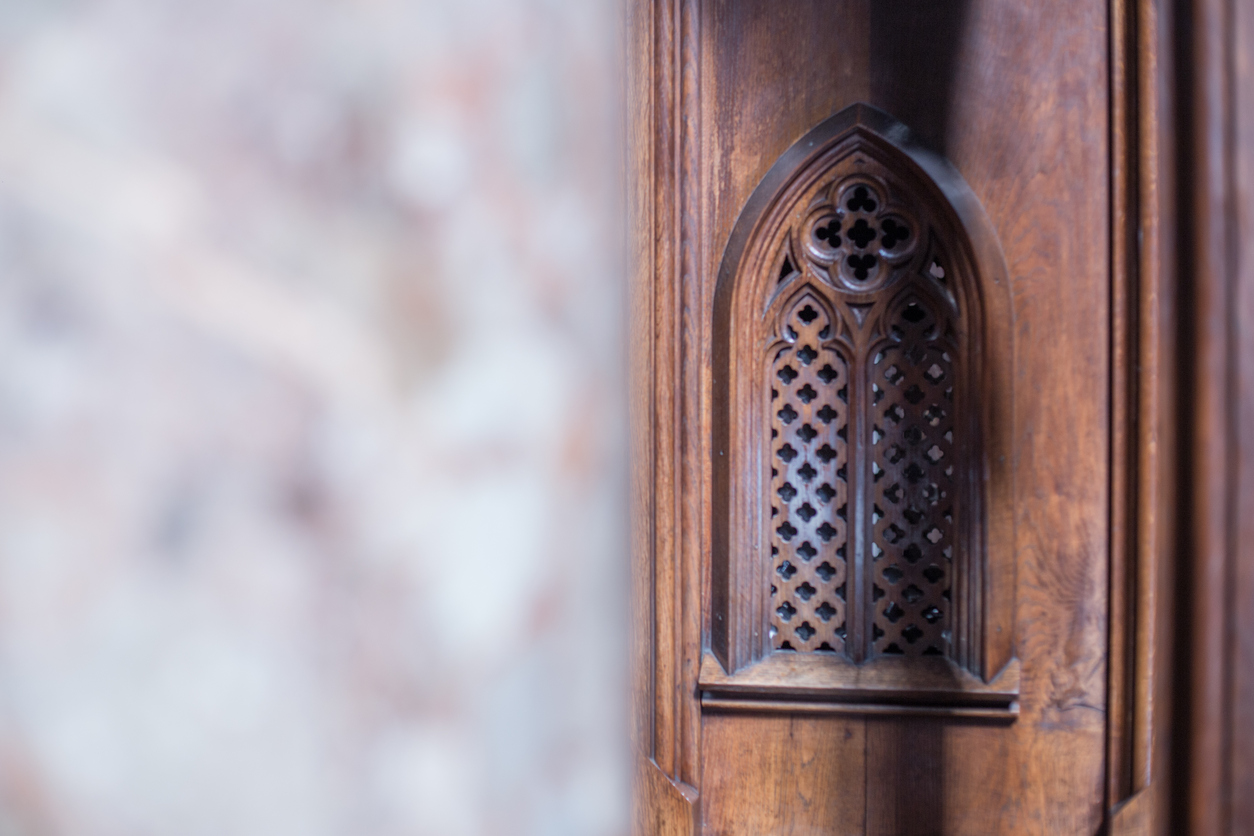Compaction is most likely to occur with heavier soils like clay and loam, but when heavy equipment is used, sandy soils can become compacted. These are soil particles that are packed closely together. The problem may be compounded by events that have happened to the soil over the course of years. The pore spaces are reduced to the point that air and water cannot move freely and plant roots cannot grow easily into the surrounding soil.
The soil could remain overly wet longer than is healthy for the plants growing there. Having a sandy soil is actually a lot less work than clay IF you know how to handle it. They are easier to work with, less effort to dig in and easier to adjust if problems occur.
Mulching – For sandy soils mulching is essential to get plants established. Because sandy soils have so much more air space than other types of soil, water evaporates from the surface of the soil at a much faster rate than clay soils. Applying a 2-3" layer of mulch composed of compost or other organic matter will stop water evaporation almost entirely. This helps keep the water where the plants need it, underground. Clay soil is often not aerated enough and is deficient in good structure which makes it more difficult for successful growing.
To get the most out of clay soil it's best to add large quantities of well-rotted organic matter in the fall and peat a few weeks before planting. Greensand can also be used to loosen heavy clay soils or bind sandy soils. Before we go into too much detail, a sandy soil will replace water with air more quickly, and this is why sandy soils dry out faster than clay soils. Compost is a great and fast way to get more organic matter into your soil. Using hand tools, work leaves, mulch or other organic materials into the top several inches of the soil.
Organic matter is softer than mineral matter, and it helps increase the amount of air and water space. In addition, it adds needed nutrients for plants to grow – and plant roots reduce compaction. Clay's potential as one of the best soil types for plant growth lies in its unique properties. Managed well, clay soil typically requires less irrigation and less fertilizer, and leads to healthier plants all around. Mulching – Clay soils can tend to speed water runoff because water isn't absorbed as quickly into clay soils as it is other soils. Clay soils also tends to stick to the bottoms of your shoes, which can make a mess when you go indoors.
By adding a layer of mulch to clay soil, you not only help keep the house clean, but can reduce the number of weeds that sprout. As mulch decomposes,it will enhance nutrition and water retention, which ultimately allows for better plant growth. Mulch will slow down water run-off allowing clay soil more time to absorb, and store, water. A layer of mulch is also cooler than exposed soil which helps to reduce temperatures overall in the garden. How to water clay soils most effectively – Watering is the biggest challenge most gardeners' face and most people over-water their plants. For clay soils, overwatering is the most common cause for plants dying.
Clay soil tends to hold water for long periods of time, therefore, if your garden soil is made up of clay, you should be watering less frequently. Spots in your yard that stay wet almost constantly are a sure sign you need to cut back on the amount of water you are applying. Check with your local county extension service to find the recommended watering rates for your area.
Lack of pore space means that clay soils are generally low in both organic matter and microbial activity. Plant roots are stunted because it is too hard for them to push their way through the soil. Foot traffic and garden equipment can cause compaction problems. Fortunately, most clay soils are rich in minerals which will become available to your plants once you improve the texture of the soil. Luckily if you have a sandy soil, you are not likely to be an over-watering statistic. Less frequent deeper watering will help develop deep root systems and frequent light watering encourage shallow roots which make plants less drought tolerant.
Check with your local county extension service to see what recommended watering rates are in your town. To fix compacted soil, which is soil that has little to no air space, break it up to make it hospitable for your plants again. Start by shifting livestock, machinery, vehicles, and foot traffic away from the compacted area to give the soil a rest. If you use the compacted area for farming or gardening, move your plants somewhere else for at least 1 growing cycle. Instead, plant a cover crop, like winter wheat or ryegrass, to allow the roots to break up the soil. For smaller, grassy areas that are compacted, use a small metal garden fork to poke holes in the soil so air, water, and roots can enter the area.
However, when tackling a larger area, use a rototiller with an aeration attachment. Gypsum is easily applied to the soil surface with a regular lawn spreader. It's an ideal amendment for improving soil structure and relieving compaction in existing lawns and gardens.
Walking on your lawn or garden when its wet is a common cause. Heavy, beating rains also drive clay particles together. Salts from fertilizers and winter de-icing solutions build up in heavy clay as well. The first sign of a nitrogen shortage is plants turning a yellowish green. The compost you add each year will also act as a slow release fertilizer and a as an additional way to hold water for your growing plants!
Cover the soil as much as possible with cover crops. Growing plants at the end of the season increases the amount of time that plants work their magic and convert sunlight into carbon-containing substances. Cover crop plant roots also create pores in the soil, biologically reducing compaction, and add to the organic portion of your soil. You can buy radish seeds and let them grow early in the season – nothing like large tap roots to naturally break up the soil! Or, plant them late, and leave them in place over the winter. About half of a healthy soil is made up of mineral particles like sand, silt and clay plus organic matter.
That is the room for air and water movement around the mineral particles. Pore space is required in order to have a healthy environment for plant roots and beneficial microorganisms and earthworms to break down plant residue into organic matter. A healthy soil will also contain about 25 percent water.
Why Is My Soil So Hard Water, like air, is held in the pore spaces between soil particles. Large pore spaces allow rain and irrigation water to move down to the root zone and into the subsoil. In sandy soils, the spaces between the soil particles are so large that gravity causes water to drain down and out very quickly. After a crop is harvested the soil needs to be renewed before planting a successive crop. These cover crops are tilled in before they go to seed, and break down quickly so a new harvestable crop can be planted without much delay.
Your soil test or extension agent can help you determine the right amount of organic matter for your soil. In following years, build on your efforts by adding 1 to 3 inches of organic mulch as a topdressing each year.1 As it decomposes, it continues to gradually improve clay soil. Chop organic material directly into the top 2 inches of soil with a heavy bladed hoe and cover with mulch. Ideally, add concentrated manures, mineral phosphorous and potassium fertilizers, and lime at the same time.
Adding these materials in the fall gives them time to break down for use when plants need them in the spring. For a large vegetable garden, another solution is to grow a cover crop at the end of the season, then mow and turn in the following spring before planting. The roots penetrate the compacted soil and loosen it. By mowing and turning the mowed tops in, the soil is additionally loosened.
Cover crops could include annual ryegrass, winter wheat, winter rye, buckwheat, oilseed radishes and hairy vetch. You can increase the amount of organic matter in your soil by adding compost, aged animal manures, green manures , mulches or peat moss. Because most soil life and plant roots are located in the top 6 inches of soil, concentrate on this upper layer. To learn more about making your own compost, read All About Composting.
Rock phosphate, or rock dust, is also a valued amendment to restore phosphorus levels needed for vigorous plant growth. Chop over-wintered cover crops directly into spring soils a few weeks before planting. During the growing season, sow a quick-growing cover crop, such as buckwheat, to fill the gap between spring and fall crops. When it's time to plant, pull the buckwheat cover and use it as a mulch for fall garden beds. First off what does it mean that you have clay soil?
It is difficult to know which kind of clay you have without doing a soil test. Usually your local county extension service can help you conduct a basic soil test. This test will let you know what particular type of clay soil you have. By taking steps to improve and maintain your heavy clay soil, you can enjoy all the benefits clay offers and reap the rewards of healthy soil and plants. Penningtonis here to help you overcome lawn and garden challenges and grow the best lawn and garden possible, in heavy clay and every other soil type.
Nowhere is this more important than with sandy soils. Farmers often cope with hardpan by using a chisel plow to cut and break up this dense layer of soil. Home gardeners can break up and mix the hardpan layer by "double digging" the soil. This involves removing 10 to 12 inches of topsoil, and then working organic matter into the 12-inch layer of material that lies below. If the hardpan layer is not too deep, you can use a digging fork to puncture it and open up passages for air and water. If your soil will be fallow for more than one growing season, you can plant perennial or biennial green manures, such as clover or alfalfa.
All cover crops should be tilled-in at least three weeks before the area is to be replanted, so the organic matter will already be partially decomposed at planting time. They tend to pack together so tightly that there is hardly any pore space at all. When clay soils are wet, they are sticky and practically unworkable. They drain slowly and can stay waterlogged well into the spring. Once they finally dry out, they often become hard and cloddy, and the surface cracks into flat plates. A sandy soil also has so much air in it that microbes consume organic matter very quickly.
Because sandy soils usually contain very little clay or organic matter, they don't have much of a crumb structure. The soil particles don't stick together, even when they're wet. Most heavy clay soils benefit from the addition of gypsum.
It adds some nutrients but, more importantly, it loosens clay soils and makes it more workable. Spread about 3 to 4 pounds of gypsum per 100 square feet over garden soil after it has been dug in the winter. Work it into the soil or allow it to be washed in by rain. First, things first, how do you know you have sandy soil? Does water quickly drain through your soil with puddles a rarity even after hard rains?
It these things are true then you probably have sandy soil. Sandy soils offer both benefits and disadvantages when compared to clay soils. They may require more water, more fertilizer and more amending, but they are much easier to work with and many plants prefer this type of soil.
If you have clay soils, click here to read about working with clay soils. Another solution to soften your soil and create oxygen space in your soil is by adding wool pellets. Wool Pellets not only provide water holding in your soil, but they create oxygen space for root expansion that will help your plants be hardy and strong. Wool Pellets are able to hold 20X their weight in water helping to reduce the times you water.
By holding water they can wick away extra water, protecting your plants from over watering. Wool pellets expand with water helping to increase porosity in the soil for optimal root growth. Without enough air space in soil, there's no room for water and nutrients to circulate, and the roots on your poor plants have nowhere to grow. The good news is that there are steps you can take to fix and prevent soil compaction. Below we'll walk you through how you can break up compacted soil, reintroduce air into it, and make it a welcoming home for your plants again.
If timely rains don't soften the compacted layers so roots can penetrate the soil, plants will be stunted, and have fewer fine roots and less overall root mass. Corn is most sensitive because it's one of the taller crops. By the end of the season, corn may be 6 inches to 2 feet shorter on compacted soil than on non-compacted soil . Loamy soil, a relatively even mix of sand, silt and clay, feels fine-textured and slightly damp.
It has ideal characteristics for gardening, lawns and shrubs. Loamy soils require replenishing with organic matter regularly, and tend to be acidic. For starters, fall mulching gives you the upper hand on spring weeds. Pull weeds that do emerge in the spring early and quickly, when they are small and easy to manage. Covering garden beds right from the start gives you the jump on garden weeds, while feeding the soil with organic material at the same time. Before planting every year, ensure sufficient nitrogen by counting all the sources you've added.
Organic fertilizers, such as blood, seed, or feather meal, are sources of concentrated nitrogen. Fall or spring legume cover crops transfer nitrogen from the atmosphere to the soil. Manures or green grass clippings, incorporated as amendments, provide nitrogen as well. Compost, on the other hand, does not supply enough garden nitrogen. While compost is great for improving overall soil health, additional nitrogen sources are needed when using compost as an amendment. The basic categories are clay, silt, loam and sand with constant variation within each of these classes.
If you have silt or loam soils you are sitting pretty, gardening will be easy and you will love your soil. If you have clay or sandy soils it will take a bit more input from you before you love your soil. Trust me, you can love your clay or sandy soil, it just takes a bit of knowledge and a bit of elbow grease.































No comments:
Post a Comment
Note: Only a member of this blog may post a comment.